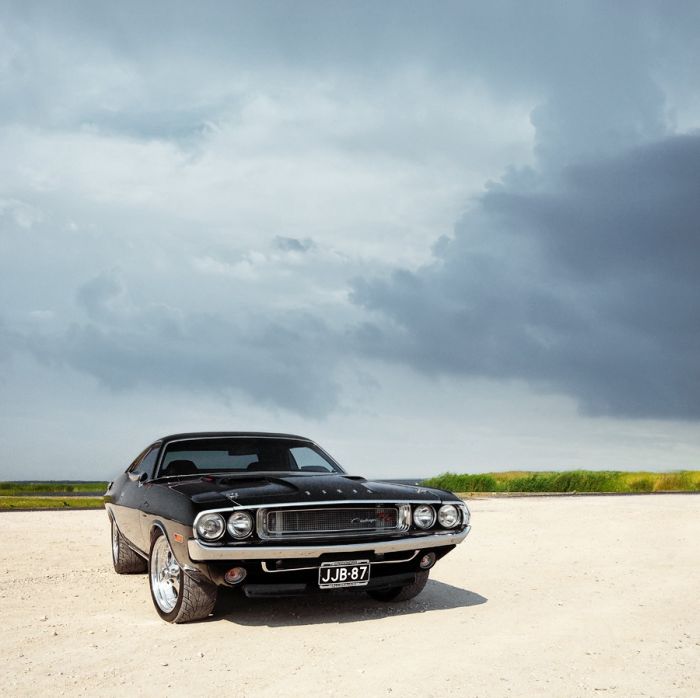|
|
American Automobile Industry
|
Despite the financial and marketing upheavals during the 1970s and 1980s, the decades led to technological innovations and/or widespread use of such improvements as disc brakes, fuel injection, electronic engine control units, and electronic ignition. Front-wheel drive became the standard drive system.
By the mid-1980s, oil prices had fallen sharply, helping lead to the revitalization of the American auto industry. Under the leadership of Lee Iacocca, Chrysler Corporation mounted a comeback after its flirtation with bankruptcy in 1979. The Minivan was introduced in 1984 by Chrysler with the Plymouth Voyager and Dodge Caravan, and proved very popular. These vehicles were built on a passenger-car chassis and seated up to seven people as well as being able to hold bulky loads. Chrysler also introduced their "K-cars" in the 1980s, which came with front-wheel drive and fuel-efficient OHC engines. In 1987 Chrysler bought American Motors, which produced the Jeep. This proved to be excellent timing to take advantage of the Sport utility vehicle boom. Ford also began a comeback after losses of $3.3 billion in the early 1980s. The company introduced the very successful aerodynamic Taurus in 1985. General Motors, under the leadership of Roger Smith, was not as successful as its competitors in turning itself around and its market share fell significantly. While Ford and Chrysler were cutting production costs, GM was investing heavily in new technology. The company's attempts at overhauling its management structure and using increased technology for manufacturing production were not successful. Several large acquisitions (Electronic Data Systems and Hughes Aircraft Company) also diverted management attention away from their main industry. (Ford and Chrysler also joined in the acquisition and diversification trend, with Ford buying Jaguar Cars, Aston Martin, The Associates (a finance company), and First Nationwide Financial Corp. (a savings and loan). Chrysler purchased Lamborghini, an interest in Maserati, and Gulfstream Aerospace jets.) GM started the Saturn Corporation brand in the late 1980s as a way to gain sales from imported cars. While initially receiving a positive reception, GM later neglected to provide it much support. Around this time GM also began development on the General Motors EV1 electric car, which debuted in 1996.
• The 1990s and 2000s
The 1990s began the decade in a recession, which resulted in weak auto sales and operating losses. In addition, the Invasion of Kuwait by Iraq caused a temporary jump in oil prices. However, the automakers recovered fairly quickly. In the mid-1990s, light truck sales (which included Sport utility vehicles, Pickup trucks and Minivans) began to rise sharply. Due to the CAFE standards differentiating between passenger cars and light trucks, the automakers were able to sell large and heavy vehicles without fear of the CAFE fines. Low oil prices also gave incentives for consumers to buy these gas-guzzling vehicles. The American automakers sold combined, and even separately, millions of pickup trucks and body on frame SUVs during this period. Imports such as the Toyota 4Runner, Land Cruiser, Tacoma, and Nissan Pathfinder and Frontier were also hugely popular during this time period.
|
|









